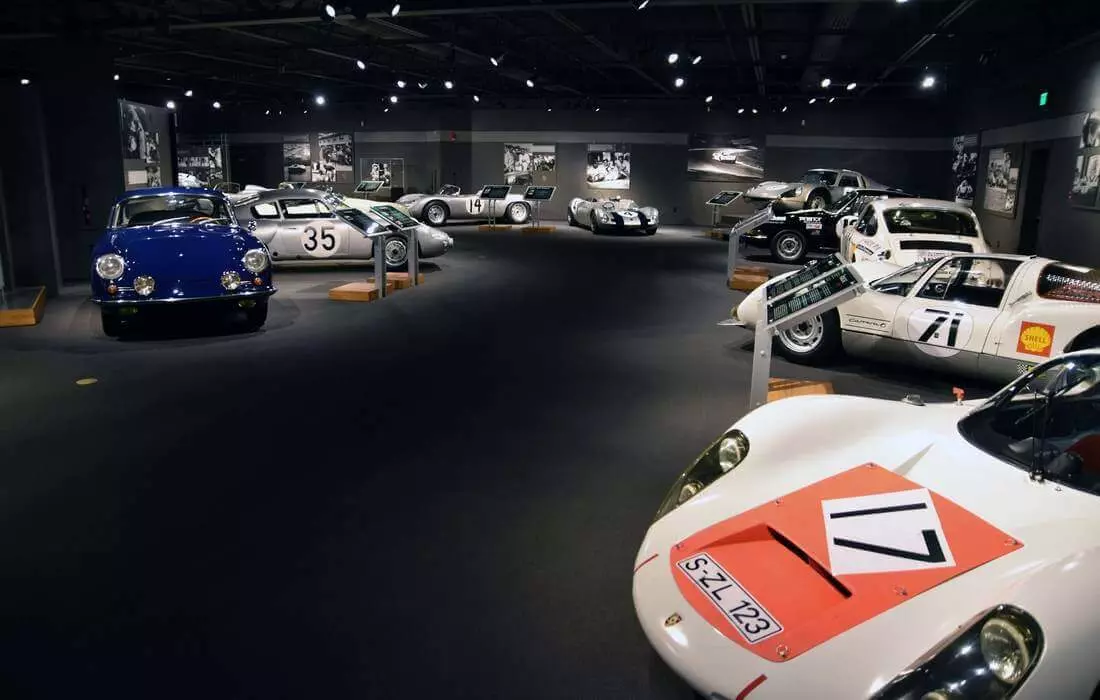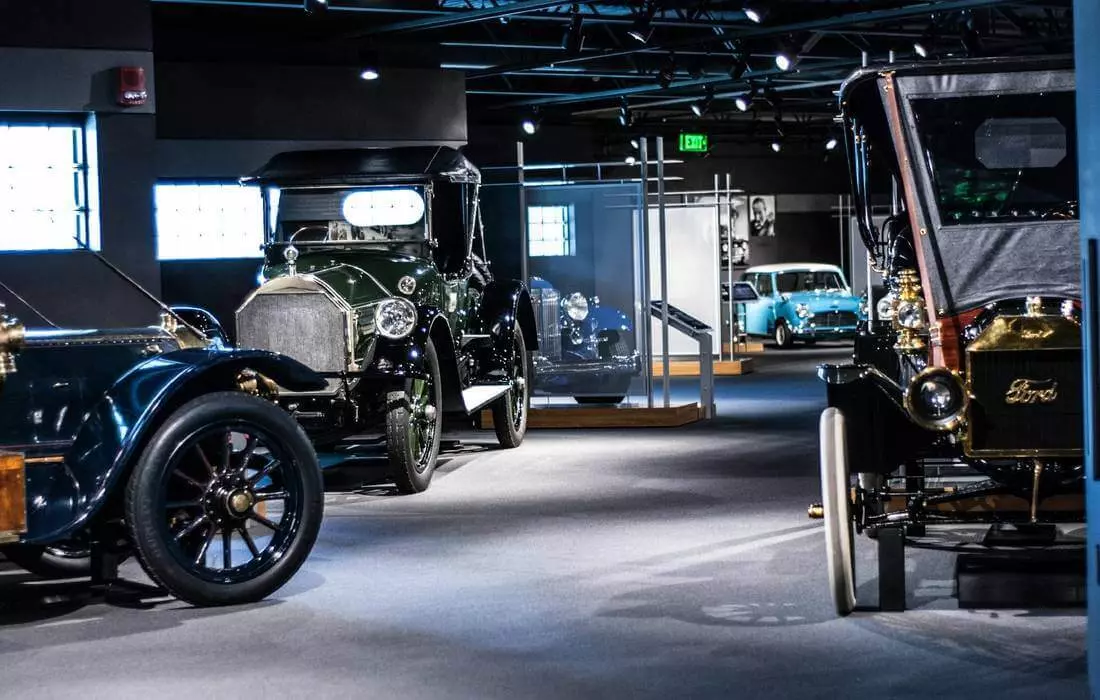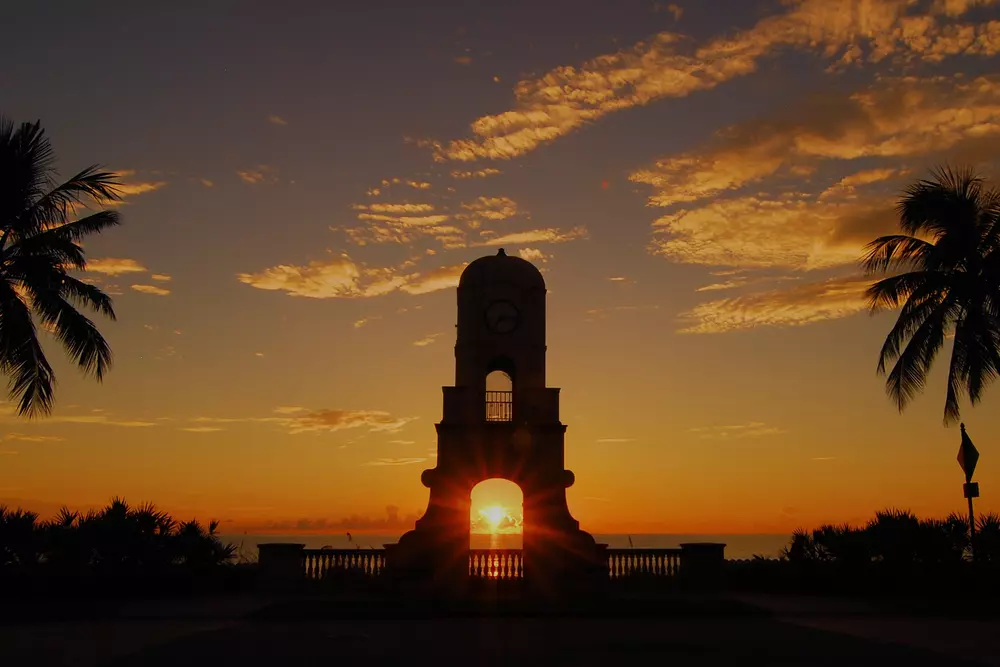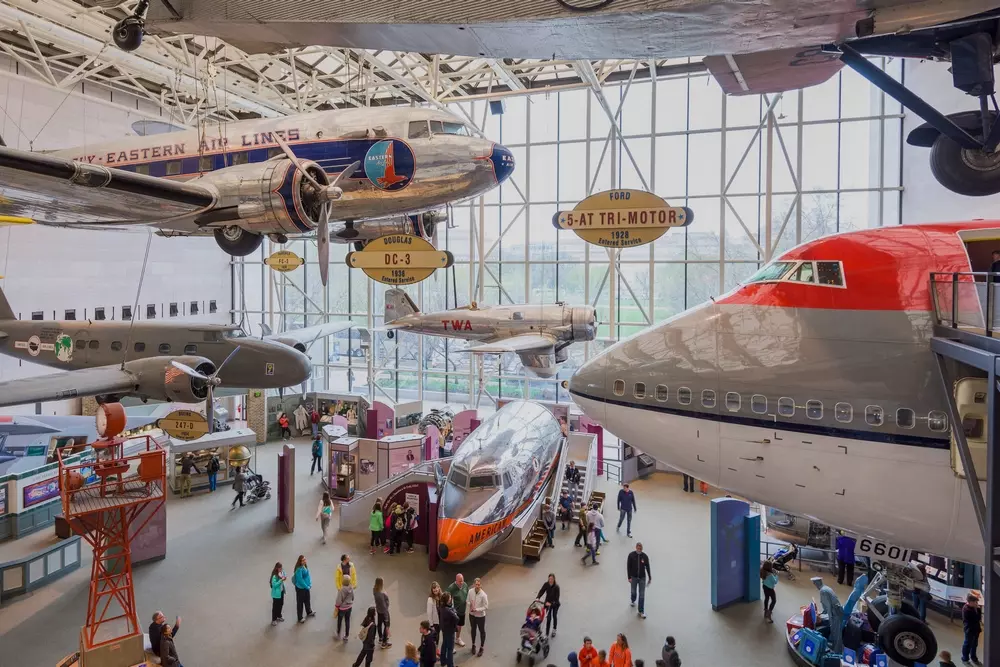For collector Miles Collier, a car is much more than just a means of transportation. It's an invention that has made a significant contribution to our culture and history; a powerful and influential cultural icon that has been a conduit for change and human progress. His passion for automobiles is embodied in The Revs Institute — a three-story building covering 80,000 square feet and housing 115 car.
The History of the Car Museum's Creation
Miles Collier, an artist, philanthropist, and scion of one of America's wealthiest families, is so publicity-shy that he refuses to be photographed. Miles firmly believes in his mission: to demonstrate the automobile's role in human history and to make the car a subject of serious academic study.
"The automobile is the most important technical artifact of the 20th century. It has shaped the world we live in today. Anything of such significance deserves respect and study," says Collier.
Since founding The Revs Institute in 2009, Collier and his team have strived to turn the hobby of collecting cars into a vocation. The Institute collaborates with Stanford University to study the automotive industry and its impact on society. To understand why Collier is so interested in cars, one must look two generations back. Barron Collier, Miles's grandfather, sold advertising in subways and on trams across the country. He invested a fortune in South Florida, becoming the state's largest landowner.
Miles Collier's father and uncle played a significant role in the emergence of sports racing in the United States. In the pre-war years, they founded the Automobile Racing Club of America, which evolved into the Sports Car Club of America. After World War II, the father and uncle helped organize the first public races at Watkins Glen. In honor of the latter, the Sam Collier Memorial Grand Prix of Endurance was even organized at an airfield in Florida.
Thus, the collector was born into a family of notables. It was such a momentous event that The New York Times even wrote about the birth of Miles Collier. Before he was old enough to walk, Collier was already fascinated by cars.

What to see in the museum
Collier began assembling his collection in the 1980s. He meticulously organized and grouped it in different sections of the building, fortified against the fiercest Florida hurricanes. The first floor houses sports cars. A separate wing is dedicated to Porsche. The collection also includes a fleet of cars once owned by Briggs Cunningham, a friend of Collier's father.
Most of the collection's cars are located on the second floor. Among them stand out:
- Ford GT40s, 1965 — a 4-time Le Mans winner;
- Ferrari Tipo 166, 1948 — the first Ferrari model to win a major race and the first imported into the USA;
- Mercedes-Benz W154 Silver Arrow, 1939 — participated in the race on September 3, 1939, the day Britain and France declared war on Germany;
- Dan Gurney’s Eagle, 1967 — the first American-made car to win a Formula Grand Prix, considered the most beautiful open-wheeled car;
- Jorgensen Eagle, 1974 — the car on which Bobby Unser won the Indy 500 race in 1975.

Recognition and Fame
The New York Times once dubbed this sports car collection "the best in all of America." These cars embody the ideas and ambitions inherent to all of humanity. It was for this reason that Collier opened The Revs Institute to the public in 2014. Aligned with its mission to be "the premier destination for automotive research," it is open as both a museum and a research library three days a week.
Collier believes that this move is the best way to spread the importance of his mission.
The Revs Institute boasts the world's largest specialized automotive library. It houses over 7,000 automotive books, 300,000 photographs, and hundreds of research pieces. The archive's individual compartments store photographs, marketing materials, manuals, and catalogs. Among the impressive and eclectic catalog, one can find Enzo Ferrari's diary, a pair of bear fur gloves used by drivers in the 1920s, vintage racing goggles and trophies, original drawings of racing cars, and extensive collections of automotive magazines.

What's Happening Now at the Car Museum in Naples
The Revs Institute in Naples houses a 12,000-square-foot workshop dedicated to the restoration of cars and the care of antique machinery. Many of the automobiles are restored to their original condition. Dents and paint scratches tell the story of a car's life and its previous owners—for instance, the Porsche 917K is still covered in mud from its last race in 1971.
Preservation of history is a crucial part of the institute's efforts. Collier hosts regular symposiums for collectors. Revs Institute specialists routinely "exercise" the cars—keeping them in working condition. Most of the collection's cars are driven on public roads, private racing circuits, and during festivals. Studying the history of how people used cars, how they were built and maintained, shows the importance of studying and caring for them.
The Revs Institute embodies the call to protect, admire, and appreciate things as they are.

Additional Information
-
Address
2500 Horseshoe Dr S, Naples, FL 34104
-
Phone
+1-239-687-7387
-
Working hours
- Tues, Thurs, Sat: 10:00 am – 04:00 pm
- Mon, Wed, Fri, Sun: closed
-
Website
| Address | 2500 Horseshoe Dr S, Naples, FL 34104 |
| Phone | +1-239-687-7387 |
| Working hours |
|
| Website |
Visiting The Revs Institute in Naples is a journey into the history of automotive engineering, an immersion into a world where each car has its unique story, reflecting epochs and cultures. This museum offers not just the chance to see the rarest and most historically significant cars, but also to understand how the development of automotive technology has influenced society and human culture.
American Butler was pleased to be your guide on this fascinating journey and hopes that you will take away not just photographs of unique exhibits, but also a deep understanding of the importance of preserving automotive heritage. We are always ready to offer you new unique routes and exclusive tours that reveal the most secret corners of history and culture. And we will also help you rent any car to your taste!
































